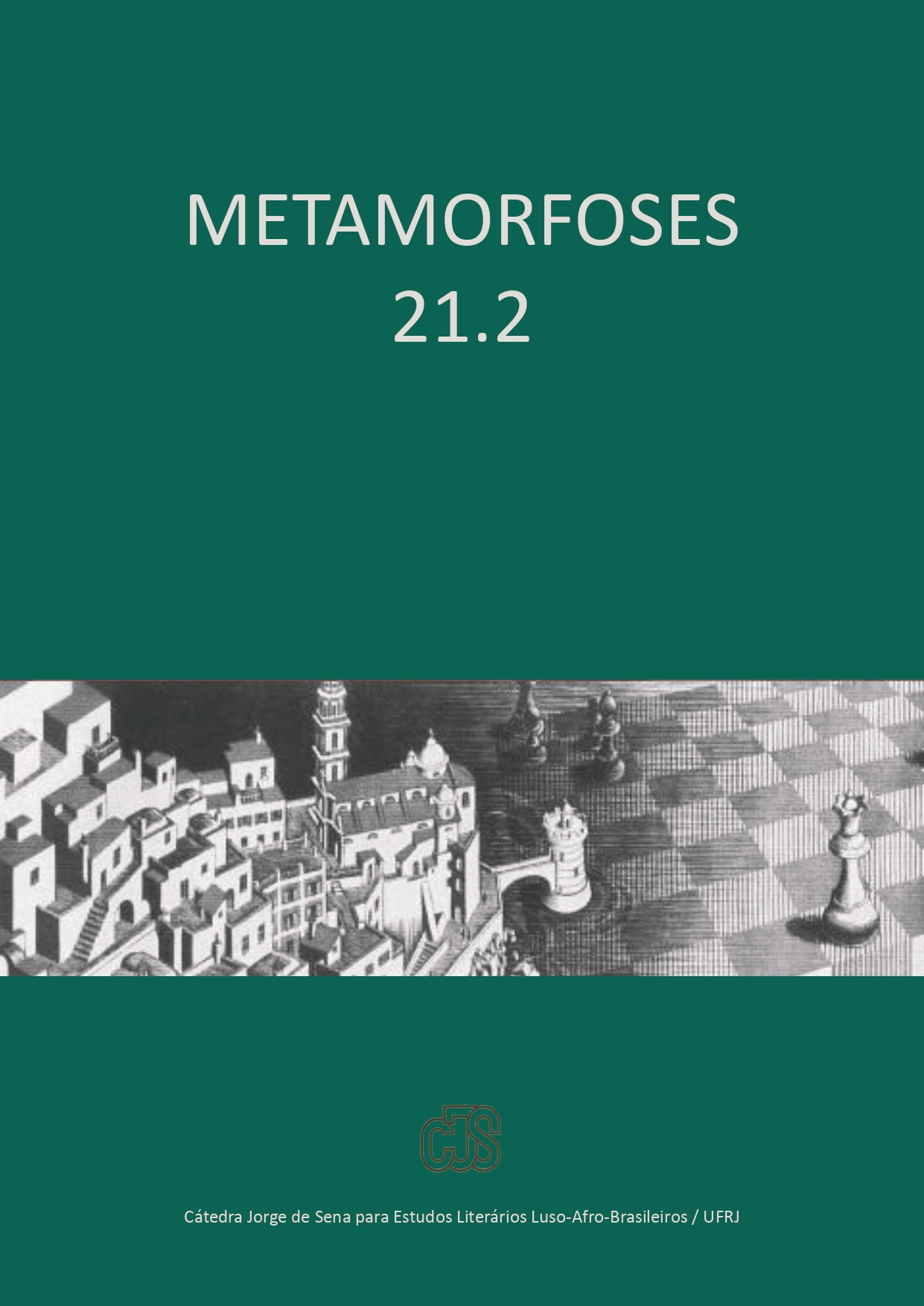Desenterrando O cemitério dos vivos: um estudo comparativo entre Rosalía de Castro e Lima Barreto
DOI:
https://doi.org/10.35520/metamorfoses.2024.v21n2a62855Resumo
No poema “Santa Escolástica”, publicado em 1884 no livro En las orillas del Sar, a autora galega Rosalía de Castro utiliza a imagem do “cementerio de los vivos”, como meio de retratar a solidão e a inospitalidade de uma cidade periférica espanhola, após um êxodo massivo de trabalhadores e artistas da região. Quase quatro décadas depois, o escritor carioca Lima Barreto retoma essa mesma metáfora em seu romance inacabado O cemitério dos vivos, escrito a partir de diários compostos enquanto internado entre 1919 e 1920 no Hospital Nacional de Alienados, no Rio de Janeiro. A coincidência terminológica é explorada como ponto de partida para uma comparação improvável, entre dois autores provindos de contextos muito diferentes. Ao reconstruir a história da frase “cemitérios dos vivos”, este ensaio recupera textos publicados em espanhol, português, inglês e francês, desde o século XVII, iluminando assim o como e o porquê desses autores empregarem a mesma imagem para dar nome ao lugar que os oprime, enquanto, paradoxalmente, serve como refúgio criativo.
Downloads
Downloads
Publicado
Edição
Seção
Licença

Este trabalho está licenciado sob uma licença Creative Commons Attribution-NonCommercial 4.0 International License.
Autores que publicam nesta revista concordam com os seguintes termos:
- Autores mantêm os direitos autorais e concedem à revista o direito de primeira publicação, com o trabalho simultaneamente licenciado sob a Licença Creative Commons Attribution que permite o compartilhamento do trabalho com reconhecimento da autoria e publicação inicial nesta revista.
- Autores têm autorização para assumir contratos adicionais separadamente, para distribuição não-exclusiva da versão do trabalho publicada nesta revista (ex.: publicar em repositório institucional ou como capítulo de livro), com reconhecimento de autoria e publicação inicial nesta revista.
- Autores têm permissão e são estimulados a publicar e distribuir seu trabalho online (ex.: em repositórios institucionais ou na sua página pessoal) a qualquer ponto antes ou durante o processo editorial, já que isso pode gerar alterações produtivas, bem como aumentar o impacto e a citação do trabalho publicado (Veja O Efeito do Acesso Livre).

